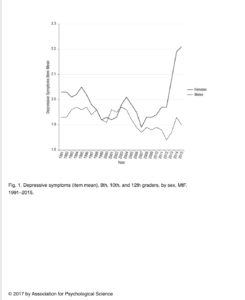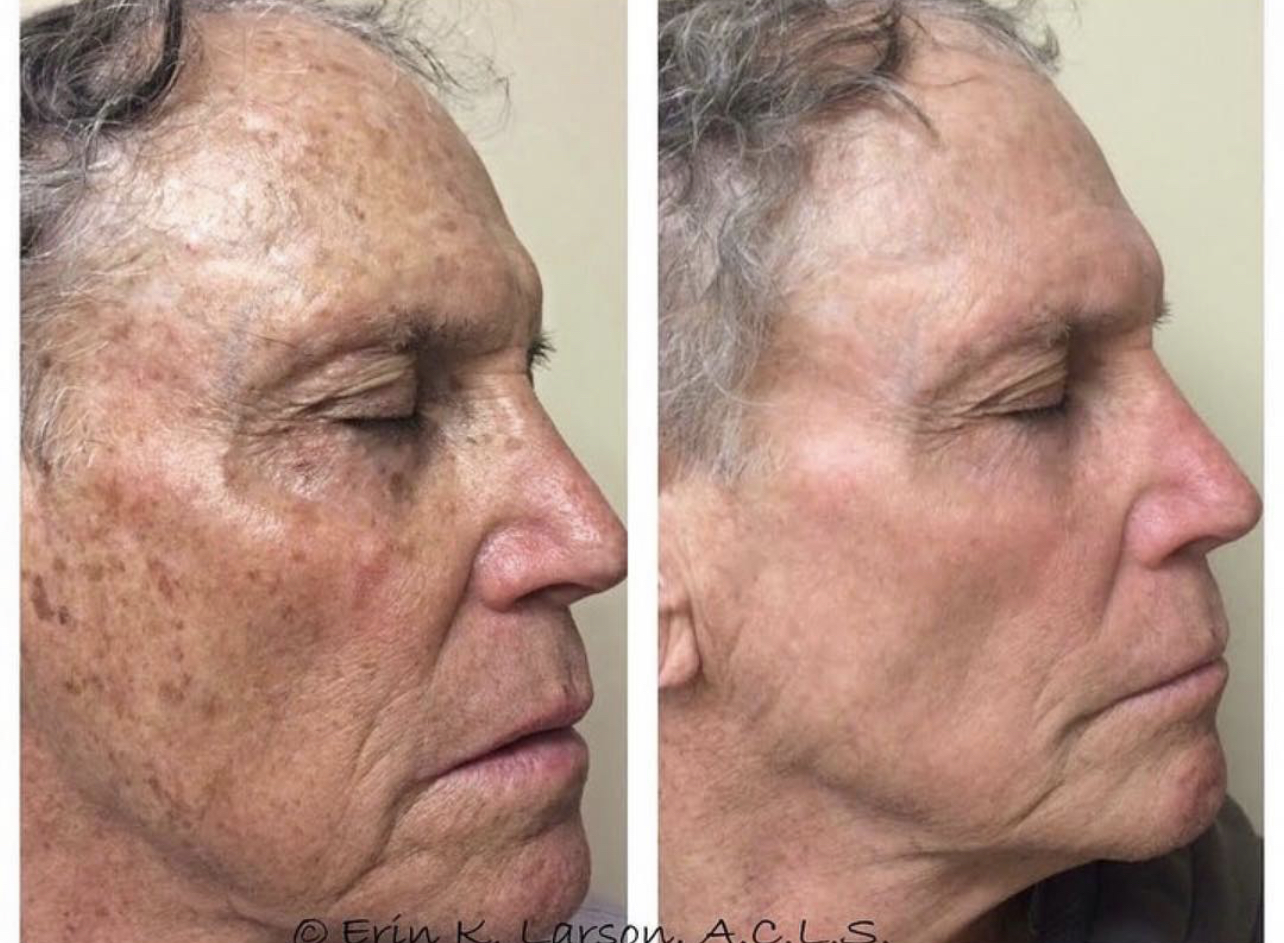An ever increasing rate of teen and adult suicide and depression proves our bodies are not biologically well-adapted for the modern world we live in today. Currently Utah has the 5th highest suicide rate in the nation. At Summit Spa & Float our main reason for adding float tanks into our locations was to increase public knowledge and awareness of floating. Float therapy can be a tool to combat mental health issues and those experiencing PTSD. We want people to recognize that floating is an additional resource for those who may be struggling.
Scientific Research:
Can float tanks help anxiety and PTSD? Certainly. The float environment garners both a physiological and psychological response from the body as was shown from a group of clinically depressed and anxious individuals after just one float. Reduced anxiousness, blood pressure, and muscle tension remained on average for 24-26 hours post float.
The fight-or-flight response, triggered by our sympathetic nervous system is often overstimulated because we live in a world in which our minds are being triggered constantly. Consequently it has become our new “normal,” and can be exhausting, leading to damage, dependency and addiction especially in teens. The graph pictured shows the increased depression rate over the last 15 years in both male and female teens with a significantly higher amount in females. Sensory deprivation can be an alternative for relief or at the very least an additional tool to aid in other therapies. The weightlessness of floating puts your body in a gentle state of traction, relieving pressure on your spinal cord and joints, and soothing aches and pains within the bones and muscles.
 Floating is recognized as a medical treatment:
Floating is recognized as a medical treatment:
Floating is more than just a fad, the scientific studies continue to prove that floating is here to stay. Some may ask, is float therapy dangerous? On the contrary, the research on floating has led to its widespread acceptance as an efficient medical treatment in several European countries, like Sweden and Germany, where doctors commonly prescribe floats for stress. New studies on floating confirm its unparalleled versatility and effectiveness as a wellness tool, showing that it helps balance your chemistry both neurologically and physiologically.
1000 lbs. of Magnesium Sulfate (Epsom Salt):
Through absorption floating can help to safely replenish your levels of magnesium—the “master mineral,” magnesium is an important co-factor which regulates over 300 biochemical reactions in the body. Magnesium also plays an important role in the reactions that generate and use adenosine triphosphate, otherwise known as ATP, the biochemical way we store energy within the body’s cells. Stress and diet may both deplete what little magnesium we get through nutrition, literally leading to further stress on our body.
At Summit Spa & Float we’ve chosen to make floating a part of each of our locations specifically because of the benefits people with mental health and PTSD can experience. Every second Thursday of each month First Responders and Active Duty Military members can come into any of our locations and float for free. Summit Spa & Float has locations in Park City and Spanish Fork, Utah. We would encourage those wanting to take advantage of our First Responder Free Float Day to call us to schedule an appointment in advance.
FAQ’s:
How often should I be floating?
Every body is different so the answer to this question varies by person. While all can benefit from a single or occasional float, we would encourage those looking to change brain patterns, increase mindfulness, aid in athletic recovery and ease chronic or acute pain to take advantage of the benefits of floating. Floating has compounding effects on the systems of the body when you float frequently.
We highly encourage individuals new to floating to do a minimum of 3 floats before judging your experience. It is a new environment for your body and mind and will take a few sessions for your body to adapt.
What can I expect on my first visit?
We’re so excited you’re coming to float with us! New clients need to arrive 15 minutes before appointment time— this allows time to complete paperwork if needed. Watch our Intro to Floating video and tour the spa and your pod suite.
All you need to bring:
Yourself
We provide towels, robes, slippers, hair ties, shampoo, conditioner, body wash, q-tips and a blow dryer.

 Laser Hair Removal
Laser Hair Removal Injectables & Fillers
Injectables & Fillers Weight Loss
Weight Loss Clearlift Skin Rejuvenation
Clearlift Skin Rejuvenation IPL | Photofacial
IPL | Photofacial IV Therapy
IV Therapy
 Signature Massage
Signature Massage Float
Float Couples Massage
Couples Massage Aesthetics
Aesthetics Body Treatments
Body Treatments Facials
Facials


 Expectations for a 60 minute full-body massage
Expectations for a 60 minute full-body massage